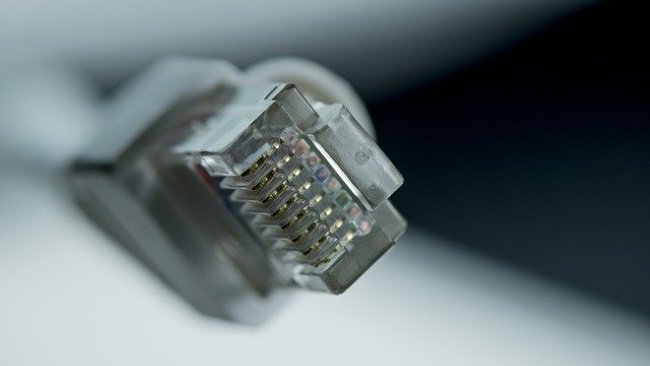For your business to work efficiently, your office needs to be equipped with the best equipment and latest technological offerings. For starters, you will need internet service if you are going to connect with your clients, vendors, and employees. There are several different Internet Service Providers (ISPs) making claims about how fast and efficient their connection speeds are. For what you need, it is pretty obvious that a faster connection is the best choice. But how are you supposed to know what the ISP is talking about when they mention speed numbers? Don’t panic. With this short study, you will be given a quick, geek-free introduction to the basics.
Downloading Speeds
Your internet connection, regardless of which provider you have, will have two speeds. One for downloading and one for uploading. When you download, you receive documents, files, images, or songs, while uploading is when you send files. Either speed is measured by bits per second. A bit a tiny unit of data, so when you consider how many transmissions occur in one second, it is usually referred to as kilobits/ Kbps (thousands) or megabits/Mbps (millions). The more bits you can transfer in a second, the faster your connection is said to be. Internet connections operate on bandwidth, which affects the amount of data that can move through the connection at one time. The more bandwidth, the greater the amount of transmission with the least amount of waiting time.
Speed Claims
Now that you know what influences transmission speeds, you need to know how to read the speed numbers. An ISP might claim to offer speeds that reach 5/1Mbps. You read the first number as the download speed, and the second number is the upload speed. The ISP offers a download of 5 megabits per second and an upload speed of 1 megabit per second. Translated into operational needs, a 5/1 connection will let you download a 25-megabyte file in just under a minute, while it will take around three minutes to upload the same file. More advanced developments have ISPs offering a fiber-optic connection that can give expand your speeds in both directions by as much as 1 gigabit per second. This means your files and data travels very quickly. How quickly? A two-hour movie can be downloaded in seconds with a 1Gbps connections. Although the speed claims from the ISP matter, your actual speeds depending on several different things.
Impact on Speed Delivery
With an old internet connection delivered through a coaxial or copper cable, your operating speed will be much lower. A fiber-based connection is currently the fastest connection. Another big concern with speeds is the number of users and the type of activities. For instance, your office VoIP speed requirements will be much different from a residential user browsing the web for recipes. If you have several employees that are working downloading and uploading files simultaneously, you are putting a lot of demand on the system. Higher speeds will maintain efficiency in these situations. Because of the demand on the connection, businesses are offered speeds that range from 5/1 up to 50/10.
What You Need
The fastest connection uses fiber to the premises (FTTP). This means fiber-optic cables have been laid throughout your premises. Fiber to the node means fiber optic cables are laid to a network box then delivered to your location through a wire or coaxial cable. These fast connections are the best choice for working with Hosted VoIP, cloud-based apps, and cloud-based data backups or storage. As you move into the future, connection speeds will only need to increase to keep up with user demands. A high-speed fiber connection is the best place to start in giving your business the bandwidth it needs to be efficient and effective.
